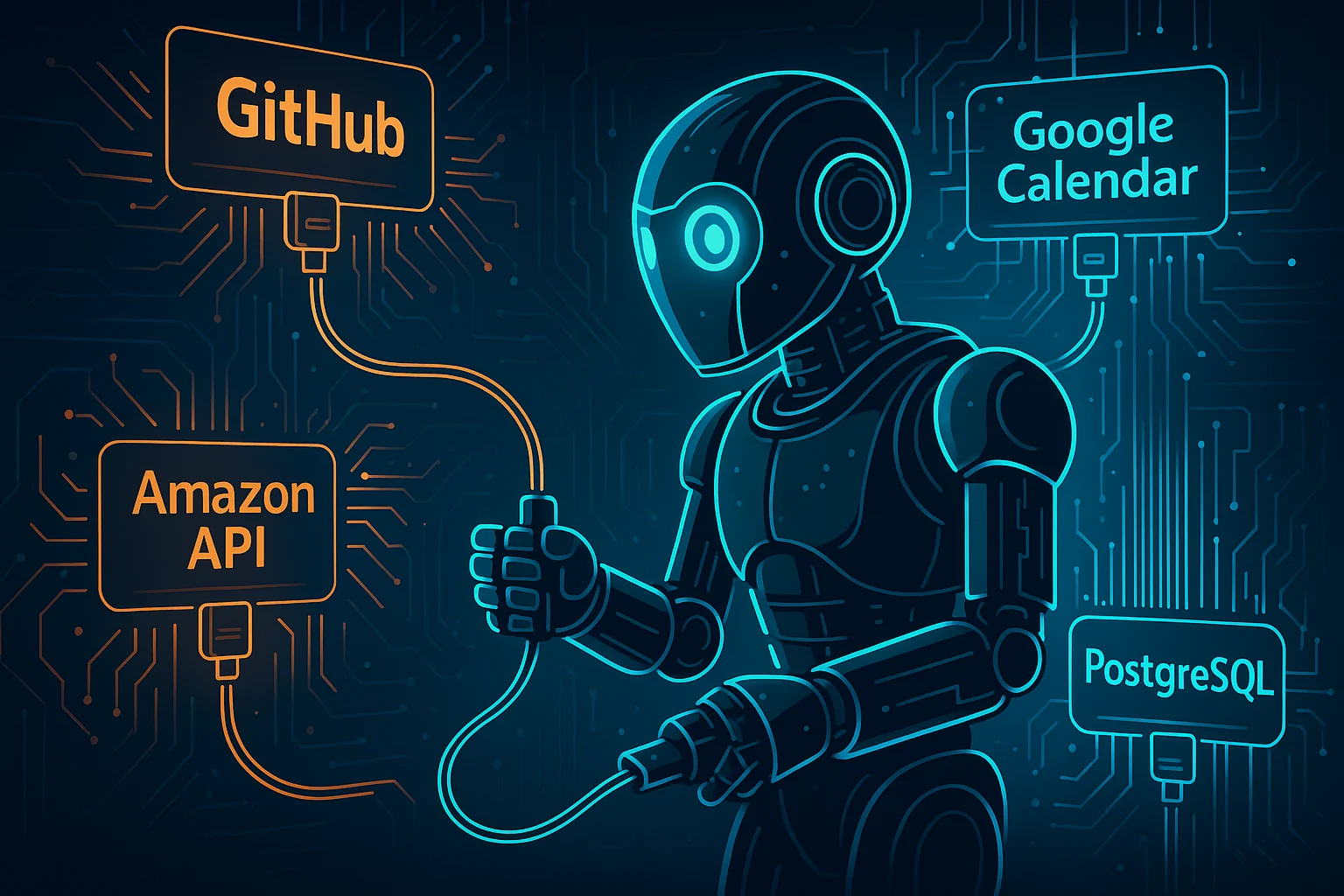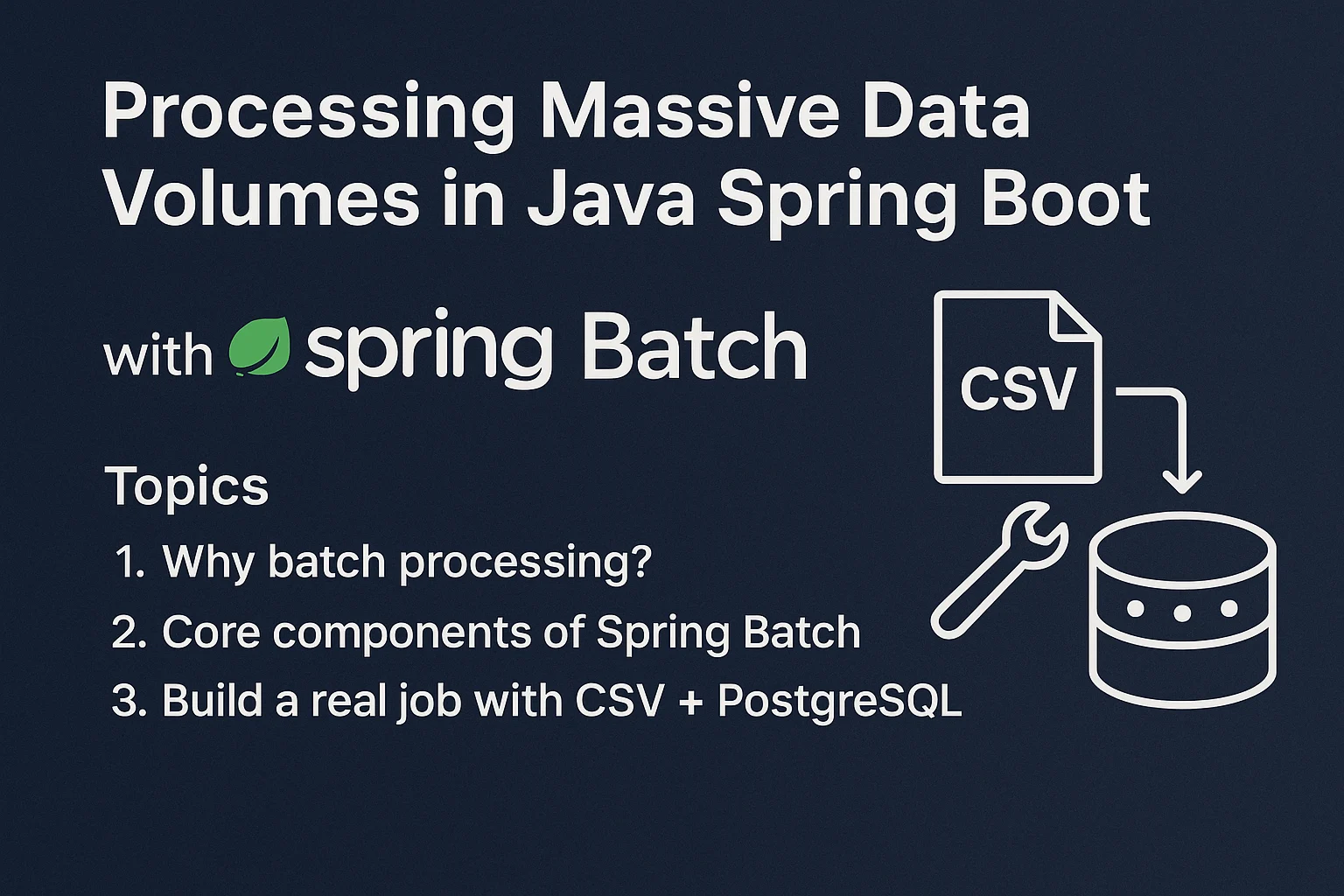How do you talk about/utilize AI with your team at work?

How do you talk about/utilize AI with your team at work?
On a crisp autumn morning, Bob, an experienced software developer, leashed up his trusty golden retriever, Max, for their daily walk. As they meandered through the park, Bob pondered an intriguing question that had been lingering in his mind: How do you talk about/utilize AI with your team at work? This was not just a curious thought but a challenge he often faced. Bob’s company had recently incorporated AI elements into their projects, and the transition had inspired both excitement and confusion among his teammates.
As Bob walked Max, he recalled a recent dinner with friends where a similar topic emerged. Between bites of lasagna, Bob found himself explaining the impact of AI on various industries, much like he needed to do for his team at work. This thought carried him along the leafy path, and soon Bob envisioned new ways to help his team understand and appreciate the potential of AI. This wasn’t just about the AI technology itself; it was also about communication, collaboration, and creativity in their modern tech stack, including Spring Boot.
Integrating AI with Spring Boot
Understanding the Basics
To effectively talk about AI at work, it’s essential to grasp its integration with technologies like Spring Boot. Bob decided to demonstrate this by building a simple AI-powered application. He started by creating a new Spring Boot project to serve as the backend of his AI model. This stage is where code meets concept.
@SpringBootApplication
public class AiApp {
public static void main(String[] args) {
SpringApplication.run(AiApp.class, args);
}
}
Bob highlighted the importance of understanding Spring Boot’s role as the backbone of their applications, seamlessly integrating AI algorithms into existing systems.
Implementing AI Models
Next, Bob focused on integrating a basic neural network using a popular AI library like TensorFlow or PyTorch. By incorporating these tools, he was able to enhance the application’s capabilities without needing to reinvent the wheel.
He illustrated code snippets for setting up the AI model:
import tensorflow as tf
# Define a simple model
model = tf.keras.models.Sequential([
tf.keras.layers.Dense(64, activation='relu', input_shape=(input_shape,)),
tf.keras.layers.Dense(1)
])
model.compile(optimizer='adam', loss='mean_squared_error')
For the AI to truly shine, Bob highlighted the need to connect it with real-world data. This is where data pipelines and API integrations come into play. He set up a RESTful API using Spring Boot to fetch and serve data needed by the AI model.
Best Practices for AI Integration
Justify Each Step
Bob explained that a clear understanding of each integration step is crucial. By using relatable analogies, he compared the process to cooking dinner. Just as every ingredient has a purpose in a recipe, every component in an AI system adds specific value. For instance, selecting the right AI model is like choosing spices; it affects the final outcome significantly.
Alternative Methods and Trade-offs
Bob also explored alternative methods, such as using cloud-based AI solutions versus on-premise setups. While cloud-based solutions offer scalability and reduced maintenance, they may come with increased latency and privacy concerns.
Troubleshooting & Pitfalls
Throughout the integration process, Bob identified common issues his team might encounter, such as data formatting errors and model overfitting. He recommended proactive measures like validating data and using techniques such as cross-validation to prevent such pitfalls.
For example, if an AI model consistently produces errors, Bob suggested checking the data pipeline for inconsistencies, similar to verifying ingredients before cooking a meal.
Conclusion
As Bob returned home from his walk, he felt confident about sharing these insights with his team. By approaching the question of How do you talk about/utilize AI with your team at work? with practical solutions and relatable storytelling, Bob knew he could foster a deeper understanding of AI’s role in their projects. His next step would be hosting a workshop with his team to walk through the integration process hands-on.
Frequently Asked Questions (FAQ)
What is the most efficient way to integrate AI with Spring Boot?
Using RESTful APIs to serve your AI models while leveraging Spring Boot’s powerful features ensures efficient integration.
How can I explain AI concepts to my non-technical team members?
Use everyday analogies that relate to common experiences, like comparing AI operations to cooking processes, to make the concepts more tangible.
What are the main challenges when utilizing AI at work?
Challenges include data quality and quantity, model selection, and integration with existing systems, all of which require strategic planning.
Find us
#AI #SpringBoot #SoftwareDevelopment #Teamwork #TechnologyIntegration #MachineLearning #NeuralNetworks #DataScience #Programming #CloudComputing #TechnicalBlog #APIDevelopment #TechStack #Developers #CodingBestPractices




